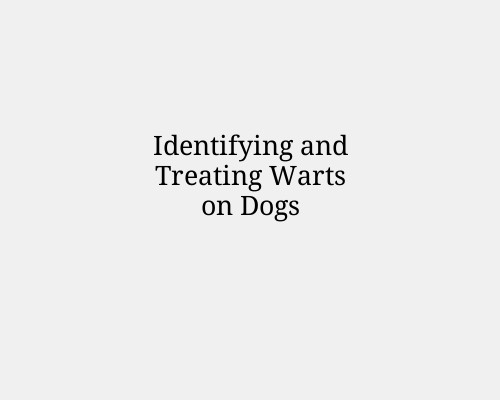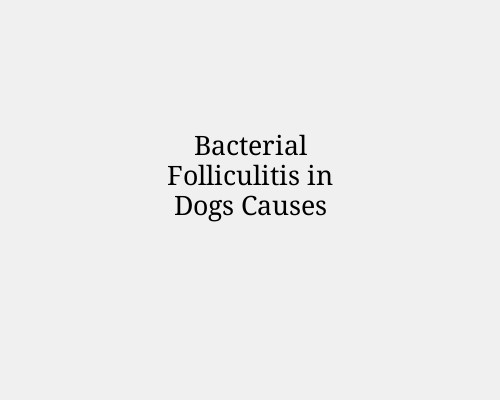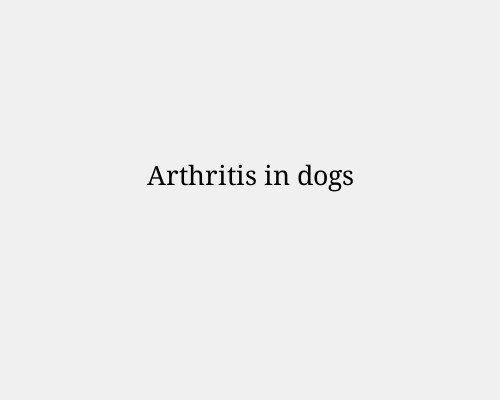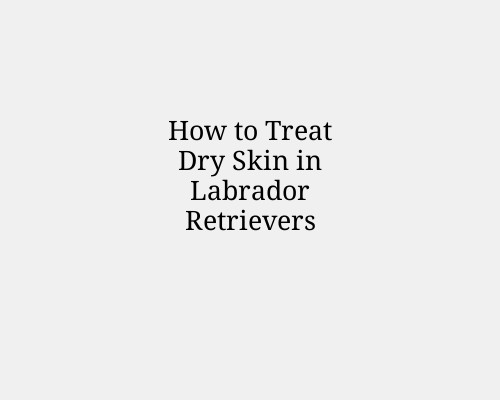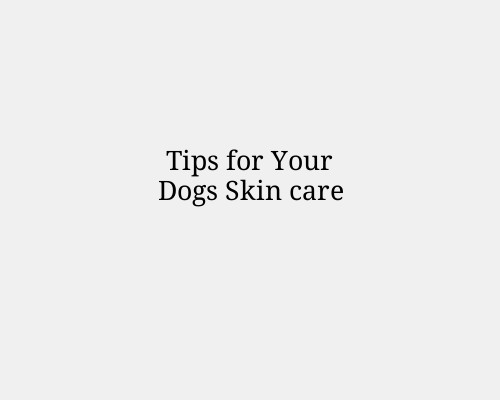Identifying and Treating Warts on Dogs
Identifying and Treating Warts on Dogs
Warts on dogs, also known as canine viral papillomas, are small, benign skin growths caused by the papillomavirus. They are most common in young dogs with developing immune systems and older dogs with weakened immunity. While typically harmless, warts can sometimes cause discomfort or lead to secondary infections. Understanding how to identify and treat them is essential for maintaining your dog's health.
Identifying Warts on Dogs
Warts on dogs usually appear as small, cauliflower-like bumps on the skin, particularly around the mouth, lips, eyes, and paws. They can be singular or clustered and vary in color from pink to gray. These growths are typically rough to the touch and can sometimes develop a hard, crusty surface.
Common locations for dog warts include:
Mouth and lips (especially in younger dogs)
Around the eyes
Between the toes
Around the genital area
On the belly or chest
Causes and Risk Factors
Canine warts are caused by the canine papillomavirus (CPV), which is transmitted through direct contact with an infected dog or contaminated surfaces, such as shared water bowls or grooming tools. Dogs with weak or underdeveloped immune systems are more susceptible to the virus.
When to See a Veterinarian
While most warts are benign and resolve on their own, you should consult a veterinarian if:
The wart changes in size, color, or shape.
It bleeds, becomes infected, or causes pain.
Your dog is excessively licking or chewing the wart.
The wart is in a location that interferes with eating, walking, or seeing.
Treatment Options for Dog Warts
Monitoring and Natural Resolution
Most dog warts will go away on their own within one to five months as the immune system fights off the virus. If your dog is not experiencing discomfort, your veterinarian may recommend simply monitoring the wart.
Medical Treatments
If a wart is persistent or problematic, a veterinarian may recommend:
Topical Treatments – Prescription ointments containing immune-boosting ingredients to help shrink the wart.
Cryotherapy – Freezing the wart off using liquid nitrogen.
Surgical Removal – If the wart is large or causes complications, surgical excision may be necessary.
Laser Therapy – In severe cases, laser treatment may be used to remove stubborn warts.
Boosting the Immune System
Since warts are caused by a virus, strengthening your dog's immune system can help speed up recovery. Some ways to do this include:
Providing a well-balanced diet rich in vitamins and antioxidants.
Ensuring your dog gets regular exercise and sufficient rest.
Reducing stress and keeping their environment clean.
Preventing Warts in Dogs
While it is difficult to prevent exposure to the papillomavirus completely, you can take steps to reduce the risk:
Avoid direct contact with dogs that have visible warts.
Clean and disinfect shared items such as water bowls and toys.
Maintain good hygiene and regular veterinary check-ups.
Support your dog’s immune system with a nutritious diet and supplements if necessary.
Conclusion
Canine warts are common and generally harmless, but they can cause discomfort or complications in some cases. Identifying them early and taking appropriate action can help ensure your dog remains healthy and comfortable. If in doubt, always consult a veterinarian to determine the best course of action for your pet.

